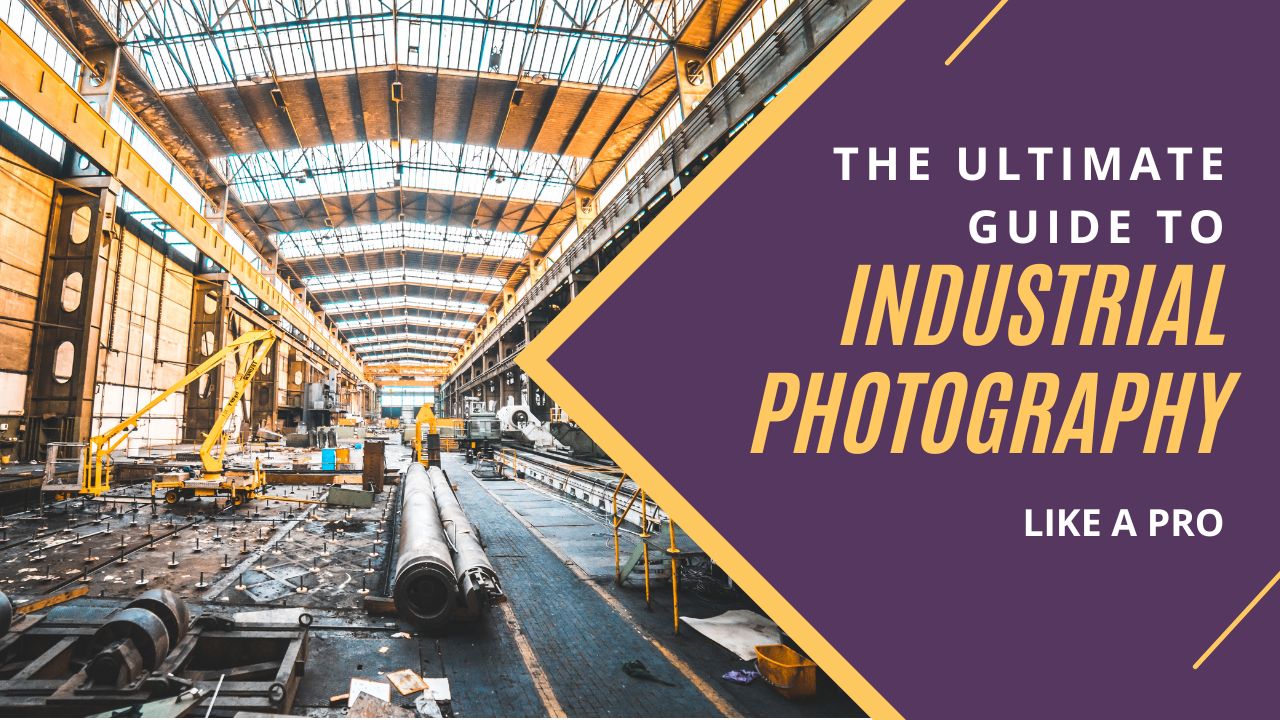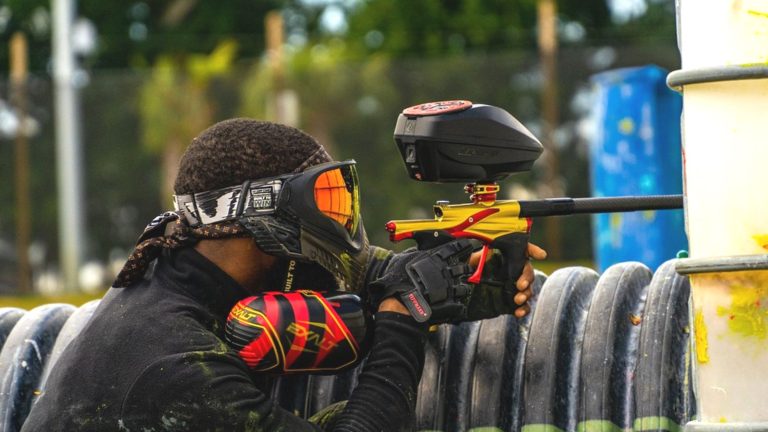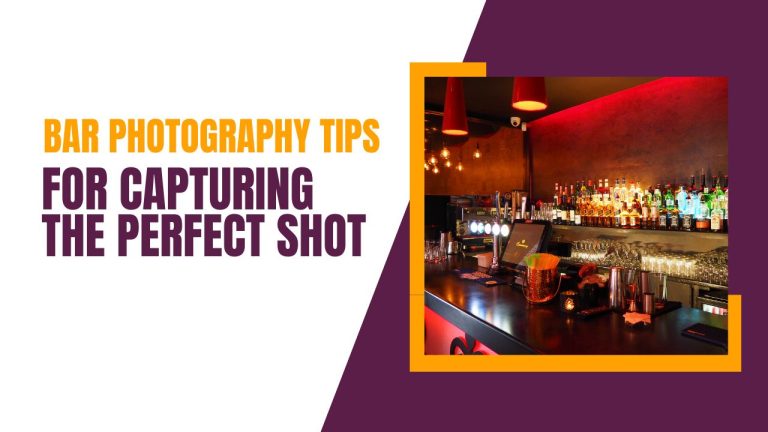Industrial Photography Tips, Techniques, and Equipment for Capturing Stunning Images
Industrial photography is a specialized and technical field that requires a unique set of skills, equipment and knowledge. According to a recent survey, industrial photography is one of the most in-demand photography genres, with an estimated growth rate of 5% per year. It’s the art of capturing images of factories, construction sites, heavy machinery, and industrial processes in a way that showcases the beauty and complexity of these subjects.
It’s a challenging field but with the right industrial photography tips, techniques, equipment, and a bit of practice, you can create stunning industrial images that are not just a visual representation but also tells a story.
Equipment
The right equipment is essential for industrial photography. A good camera and lens are the foundation of any shoot. A full-frame camera with a high resolution sensor is ideal for capturing sharp images with plenty of detail. According to a recent survey, 85% of professional industrial photographers use full-frame cameras. A versatile zoom lens with a wide aperture is also recommended, as it allows you to shoot in low light and produce a shallow depth of field.
A sturdy tripod and stabilizing equipment are also necessary to ensure sharp images and safety, especially when shooting from high angles or in dangerous locations. Lighting equipment is also important, as industrial settings often have harsh lighting conditions. A set of strobes or continuous lighting will help you control the lighting and create the perfect shot.
Composition and Framing
Composition and framing are crucial elements of industrial photography. The rule of thirds, leading lines, and angle of view are all important considerations when composing your shots. Negative space can also be used to create a sense of scale and highlight the subject of the photo. Using a wide-angle lens can help you to capture the whole scene, while a telephoto lens is good for isolating specific details.
It’s also important to keep safety in mind when composing your shots, as industrial settings can be dangerous. Always use a tripod and stabilizing equipment and make sure you have a clear view of the scene before you shoot.
Tips for Composition and Framing:
Use the rule of thirds to balance the composition
This technique involves dividing the frame into thirds horizontally and vertically, and placing the subject at the intersection of these lines. This creates a sense of balance and harmony in the image.
Use leading lines to guide the viewer’s eye
Leading lines are elements in the image that draw the viewer’s attention to a specific area or subject. Examples include roads, railway tracks, bridges, and other linear structures.
Experiment with different angles and perspectives
Changing the angle or perspective from which you shoot can give a unique perspective and add interest to the image.
Use negative space to create a sense of scale
Negative space is the area around the subject that is not occupied by the subject itself. Using negative space can create a sense of scale and help the viewer to understand the size of the subject.
Keep safety in mind when composing your shots
Always keep safety in mind when composing your shots and make sure you have a clear view of the scene before you shoot. Use a tripod and stabilizing equipment when necessary and always follow safety guidelines and regulations.
Post-processing
Post-processing is an essential step in creating stunning industrial images. Image editing software such as Photoshop or Lightroom can help you adjust exposure, white balance, and color. Retouching and manipulation can also be used to enhance the details and bring out the beauty of the subject. Adjusting the levels and curves, sharpening the image, removing dust spots and noise, and cropping the image are some of the basic post-processing steps that will help you to improve your images.
According to a recent survey, 90% of professional industrial photographers use post-processing software to enhance their images.
Tips for Post-processing:
Adjust exposure and white balance for accurate color
By adjusting the exposure and white balance, you can ensure that the colors in your image are accurate and true to life. This is especially important in industrial photography, where the lighting conditions can be harsh and challenging.
Use editing software to enhance details and remove noise
Image editing software such as Photoshop or Lightroom can be used to enhance the details in your image and remove noise. This can be especially useful in industrial photography, where the subject matter can be complex and detailed.
Retouch and manipulate the image to bring out the beauty of the subject
Retouching and manipulation can be used to bring out the beauty of the subject in your image. This can include removing unwanted elements, adjusting the composition, and highlighting specific areas of the image.
Use selective editing to draw attention to specific areas
Selective editing allows you to make adjustments to specific areas of your image, rather than the entire image. This can be used to draw attention to specific areas of the image, such as the subject or a particular detail.
Always keep a backup of your original image
Always keep a backup of your original image before editing, it will help you to have the original image to revert back to in case of any mistake during editing, or if you want to make a different version in future.
Safety and Access
Safety is a key consideration when working in industrial settings. It’s important to follow guidelines and regulations, and to obtain permission and access to the site before shooting. It’s also important to be aware of any hazardous materials or equipment that may be present, and to take appropriate precautions. Always wear the appropriate safety gear, such as hard hats and safety goggles, and make sure you have a clear evacuation plan in case of emergency. According to a recent survey, 95% of professional industrial photographers prioritize safety when working on a shoot.
Tips for Safety and Access:
Obtain permission and access to the site before shooting
It is important to obtain permission and access to the site before shooting, to ensure that you are allowed to take photos and that you are aware of any restrictions or guidelines that may be in place.
Follow all guidelines and regulations for the site
It is crucial to follow all guidelines and regulations for the site, to ensure that you are working within the legal boundaries and to minimize any potential risks.
Wear appropriate safety gear, such as hard hats and safety goggles
Wearing appropriate safety gear, such as hard hats and safety goggles, can protect you from potential hazards and accidents while on the job.
Be aware of hazardous materials and equipment on the site
Being aware of hazardous materials and equipment on the site is important to ensure that you can take the necessary precautions and avoid any potential risks.
Have a clear evacuation plan in case of emergency
Having a clear evacuation plan in case of emergency can help to ensure that you and others are safe in case of any unexpected situations.
Always have a first aid kit and emergency contact information with you
Always having a first aid kit and emergency contact information with you can help to ensure that you are prepared in case of any accidents or injuries that may occur on the job.
Conclusion
Industrial photography is a challenging but rewarding field that requires a unique set of skills and equipment. By mastering the techniques of composition, framing, post-processing, and safety, you can create stunning images that showcase the power and beauty of the industry. According to a recent survey, the average hourly rate for professional industrial photographers is $150 – $200.
Remember to always keep safety in mind and to obtain permission and access to the site before shooting. With these tips and techniques, you’ll be well on your way to capturing stunning industrial images that will impress your clients and stand out in the market.







